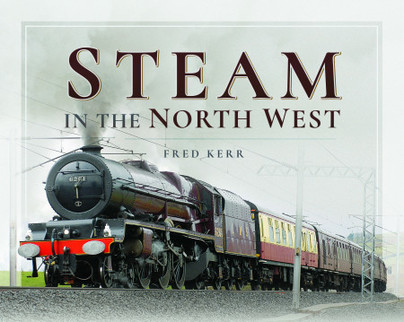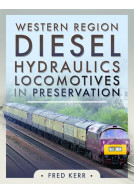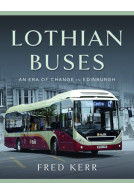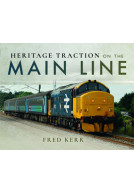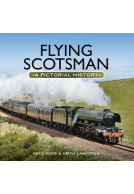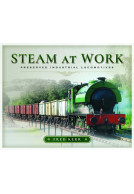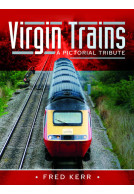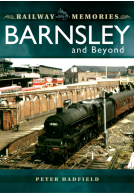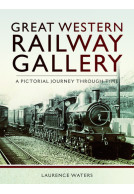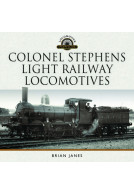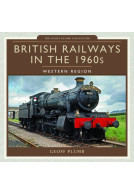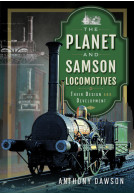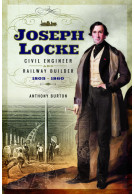Steam in the North West (Hardback)
Imprint: Pen & Sword Transport
Pages: 128
Illustrations: 214
ISBN: 9781526717450
Published: 3rd April 2018
(click here for international delivery rates)
Need a currency converter? Check XE.com for live rates
| Other formats available - Buy the Hardback and get the eBook for free! | Price |
|---|---|
| Steam in the North West ePub (55.6 MB) Add to Basket | £10.00 |
When BR ran its “15 guinea Special” in August 1968 many believed that steam locomotives would quickly become a “thing of the past” and that future workings would be restricted to the heritage lines which had begun to appear. Initially that seemed to be the case with the only exception being the famed A3 Class Pacific 4-6-2 ‘Flying Scotsman’ whose owner had signed a contract with BR that allowed the locomotive to operate beyond that date.
Change came in 1971 when BR trialled the operation of ‘King’ Class 4-6-0 6000 ‘King George V’, then based at Bulmer’s Hereford site, on a tour of the UK which confirmed the value of steam operation as a valuable aspect of publicity which the railways of the day desperately needed. Many locomotives operating on preserved lines had been bought with the hope of being able to operate on the main line at some future date and their owners began to use this success as a lever to further ease the restriction on steam locomotive usage on the national network.
Over time BR identified routes where steam traction could be operated and the centres where steam locomotives could be based as part of the new ethos. It was fitting that, as the last bastion of steam operation in 1968, the North West of England still retained its affection for steam locomotives with Carnforth locomotive depot still available as a maintenance centre. The status of steam operation was fully realised in the 1993 Railway Bill which not only privatised the network but also enshrined the right of steam locomotives to operate on the main line subject to meeting the normal operating standards that were applied to all locomotive operations.
The North West of England quickly proved to be the area which offered the best of operations with the stiff gradients of Shap on the West Coast Main Line and the “Long Drag” of Ais Gill on the Settle and Carlisle route providing a challenge to the footplate crews, an experience for the passengers and a sight to see from the lineside.
The lineside view has been captured by the author who lives within the area at Southport hence has been well placed to record many of these workings within the area and the wide variety of locomotive types whose owners have finally achieved the ambition of their locomotives joining the unique club of ‘Steam Locomotives Working in the North West’.
A celebration in pictures of steam traction running, since 1972, on main lines north of Crewe to Carlisle, east of Crewe to the Calder Valley, south to Buxton, and west to the S&C route from Hellifield to Carlisle.
ASLEF Journal Nov 2018
About Fred Kerr
Fred Kerr is a photographer whose lifelong interest in railways began in Edinburgh during the early 1950s and has continued throughout his life since. His family move to Northamptonshire in 1956 introduced him to the Midland Main Line where the transition from steam to diesel traction became important as Derby Works reflected the change with new locomotives being tested and introduced to service. His early ventures into photography began in 1961 but became established during his University years in the early 1970s. Taking early retirement in 1994 he has spent time working for Colin Garratt, a muse whose inspiration provided opportunities to photograph railway scenes that have proved to be historic as the railway undergoes changes in both its structures and operations.







